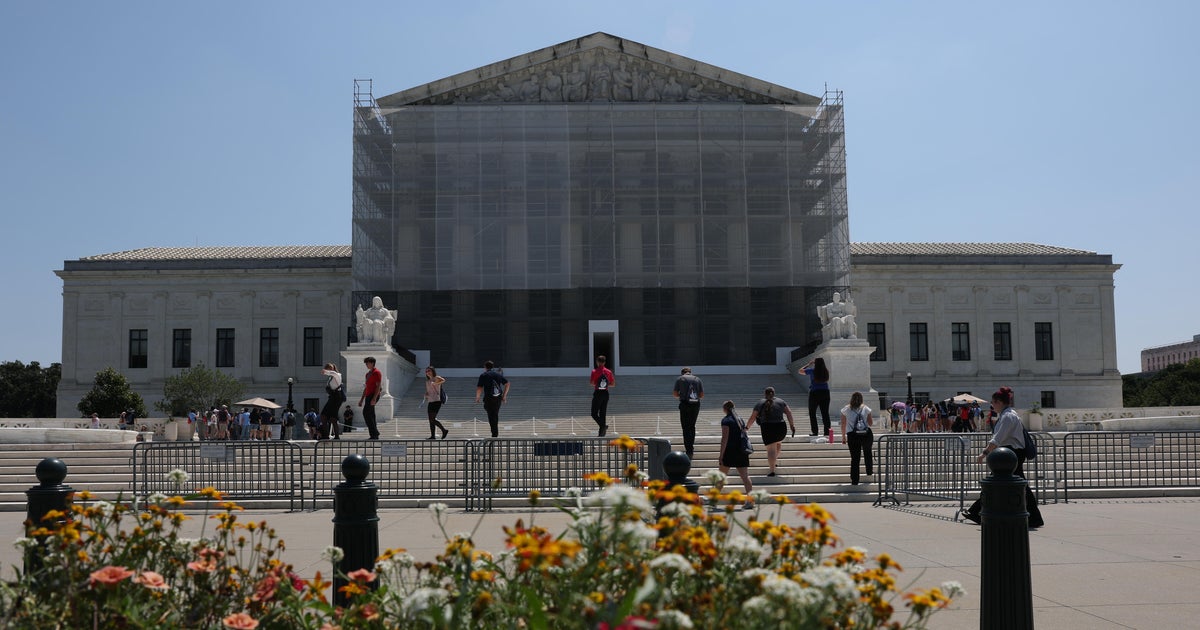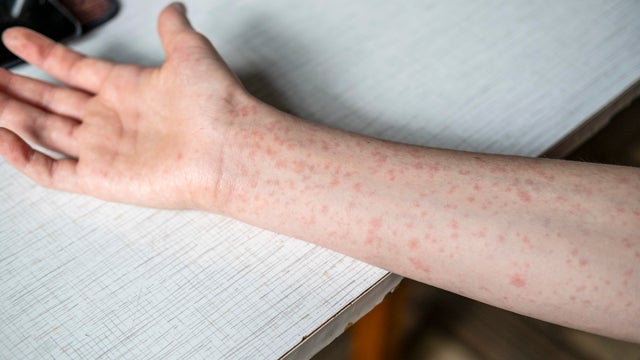

No response returned

Washington — The Supreme Court spent much of its most recent term responding to a fire hose of requests for emergency relief sought by the Trump administration, as President Trump's efforts to implement key aspects of his second-term agenda were stymied by lower courts on several fronts.
But even after the court's conservative majority limited the use of far-reaching injunctions that block enforcement of a policy across the country, the justices may continue to face a steady drumbeat of emergency appeals seeking their intervention.
The Supreme Court's latest term, as well as the dispute over nationwide injunctions, has spotlighted its emergency docket, also known as the . The term was first coined in 2015 and generally refers to the orders and summary decisions issued by the Supreme Court without the kind of full briefing and oral argument that accompanies cases on the regular docket.
While the high court has for decades handled cases on an emergency basis, its orders on the emergency docket have garnered more attention in recent months. The Trump administration has sought relief in more than a dozen emergency appeals in cases involving immigration, Mr. Trump's , efforts to and the . The rulings in response to these requests typically do not include the justices' reasoning or a full breakdown of how each voted.
In many cases, the Justice Department succeeded in securing stays of lower court decisions that allowed it to implement its policies while legal challenges move forward. But especially in immigration cases, the president's record was more of a mixed bag. The Supreme Court said Venezuelan migrants facing swift deportation under the wartime Alien Enemies Act must in federal court, and it requiring the government to facilitate the return of Kilmar Abrego Garcia, a Salvadoran man who was mistakenly deported to his home country in April.
But the high court also the Trump administration to shielding nearly more than 800,000 migrants from Latin American countries from the threat of deportation.
The justices handed down the final rulings of the term in cases argued before them in late June, but emergency requests for their intervention are expected to continue. In fact, the Supreme Court still has two bids for relief from the Trump administration that it has yet to rule on. One involves efforts to at the Department of Education, and the second arose from Mr. Trump's of the Consumer Product Safety Commission. A third pending emergency appeal involves that imposes criminal penalties on people in the U.S. illegally who enter the state.
"The Supreme Court's actions in a number of these emergency docket cases were very controversial," Paul Schiff Berman, a law professor at George Washington University, told TheNews. "Because the court reversed a number of the lower court decisions, even though the balance of harms seemed clearly to go the opposite direction, it appears that the justices are at least peaking at the underlying merits of the suit and signaling how they are likely to rule in these cases when and if they ultimately get decided after full process in the lower courts."
The court's biggest decision of the term, which stemmed from Mr. Trump's attempt to end birthright citizenship, came to the justices on its emergency docket. In its 6-3 ruling in the case Trump v. CASA, the Supreme Court . At least one justice, Brett Kavanaugh, appeared to suggest that litigants should seek emergency relief from the Supreme Court more often to provide a "nationally uniform" answer in cases involving whether a new federal law or executive action can be enforced while litigation continues.
The high court, he wrote in a , "not the district courts or courts of appeals, will often still be the ultimate decisionmaker as to the interim legal status of major new federal statutes and executive actions — that is, the interim legal status for the several-year period before a final decision on the merits."
"This court's actions in resolving applications for interim relief help provide clarity and uniformity as to the interim legal status of major new federal statutes, rules, and executive orders," Kavanaugh wrote, adding that the Supreme Court has the resources and procedural tools that make it better suited to weigh in at an earlier stage in a case.
Kavanaugh acknowledged that the Supreme Court should not intervene in what he called "run-of-the-mill preliminary-injunction cases" where it is unlikely to decide the merits later on.
"But determining the nationally uniform interim legal status for several years of, say, the Clean Power Plan or Title IX regulations or mifepristone rules is a role that the American people appropriately expect this court — and not only the courts of appeals or district courts — to fulfill," he said.
No other justice joined Kavanaugh's opinion, but Steve Vladeck, a law professor at Georgetown University, wrote in the wake of the court's ruling that he appears to be inviting the government and entities challenging a federal policy to use the court's emergency docket more.
"As busy as the shadow docket has been this term, apparently, Justice Kavanaugh is cool with it being even busier. But will his colleagues agree?" Vladeck, who authored a book on the emergency docket, in his legal newsletter, One First.
Daniel Epps, a law professor at Washington University in St. Louis, said while the court's decision will limit what federal courts can do, it's not yet clear whether the ruling will stem the flow of requests for emergency relief.
"The court may still feel some pressure to intervene even when the district court has granted some injunction that is broad in its reasoning but only applies to a small group of people," he said. "The court has made clear that once it gets to the court, if it decides it, it settles the question functionally as if there were a nationwide injunction."
While the Supreme Court's decision curtailed judges' ability to issue nationwide injunctions, it left open several other ways for plaintiffs to block a policy across the country. Plaintiffs can still bring class-action lawsuits and ask for relief that covers the entire group of similarly situated people. Already, some of the challengers to Mr. Trump's birthright citizenship policy have amended or filed new lawsuits as class-actions.
The Supreme Court's conservative majority also said — and Kavanaugh reiterated — that it was not addressing lawsuits brought under the Administrative Procedure Act, a federal law that governs the agency rulemaking process and authorizes courts to "hold unlawful and set aside" a new agency rule.
Berman said it's possible that district courts will provide broad relief in cases challenging Mr. Trump's policies, but in the context of class-action lawsuits and Administrative Procedure Act claims.
"There may be fewer cases than we think that are actually affected by the CASA decision, but to the extent that people want and need a uniform national ruling and cannot get it at the district court level because of the CASA case, then you will definitely see more emergency appeals to the Supreme Court to get a ruling that will have a nationwide impact," he said.
The Trump administration has been steadily asking the Supreme Court to lift lower court orders while legal challenges move forward, and it's unlikely to ease up on its requests. The justices could soon have the chance to consider whether to grant emergency relief from decisions handed down under its new legal regime.
"We'll start to see how aggressive the Supreme Court intends to be both at policing these workarounds and their willingness to intervene at an early emergency stage," Berman said.





